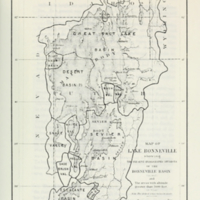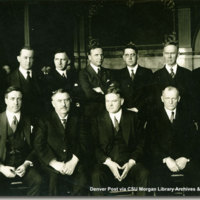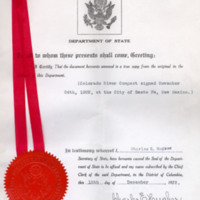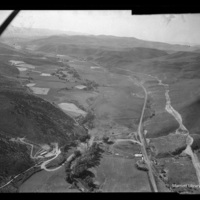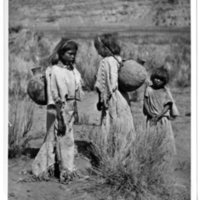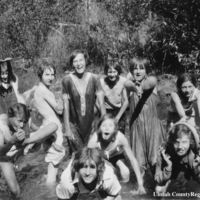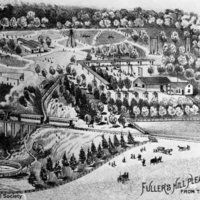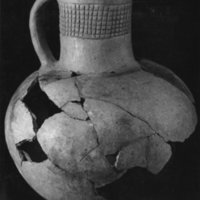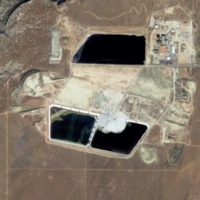Browse Items (454 total)
Ephraim Relief Society Granary
Tags: County: Sanpete, Date: 1850-1900, Religion, Women, Work
Blossom as the Rose: The Mormon Cultural Landscape
Tags: County: Statewide, Date: 1800-1850, Religion, Water
Rural Utah at a Crossroads
Tags: County: Statewide, Culture, Date: 1850-1900, Land
The Meeker Incident: Allotment & Dispossession of Ute Land
Tags: Agriculture, County: Uintah, Culture, Date: 1850-1900
National Monuments to National Parks
Tags: County: Washington, Date: 1900-1920, Politics, Tourism
The Militarized West
Tags: County: Statewide, Date: 1945-1990, Industry, War, Work
The Jeffersonian Ideal: A Misfit for Utah
The Canyonlands Controversy
Tags: County: Grand, Date: 1945-1990, Land, Politics, Tourism
Moson Kahni: The Winter Camp at Boa Ogoi
Tags: County: Cache, Culture, Date: 1850-1900, Water
Reclaiming Boa Ogoi
Tags: County: Cache, Culture, Date: 1850-1900, Water
Grove Karl Gilbert and Utah’s Terminal Lakes
Law of the River: Conflicts & Legacies
Tags: County: Statewide, Culture, Date: 1920-1945, Law, Politics, Water
Law of the River: The 1922 Colorado Compact
Tags: County: Statewide, Date: 1920-1945, Politics, Water
Town That Drowned: The Rockport Reservoir Tradeoff
Tags: Agriculture, County: Summit, Date: 1945-1990, Water
Mink from Summit County to Hollywood
Tags: Agriculture, County: Summit, Date: 1945-1990
Water Right: Just Allocation of a Precious Resource
Tags: Culture, Date: 1850-1900, Date: Pre-1800, Settlement, Water
Skinny Dipping in the "Pen Pond"
Tags: County: Salt Lake, Date: 1920-1945, Water
Fuller’s Hill: Salt Lake’s Premiere Urban Playground
Tags: County: Salt Lake, Date: 1850-1900, Industry
Town that Drowned: Big Village at Willard
Tags: County: Box Elder, Date: Pre-1800, Settlement, Water
“You Protect the Water:” Uranium Mining & Utah’s Native Peoples
Tags: County: San Juan, Culture, Date: 1945-1990, Industry, Water

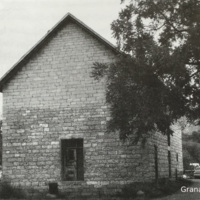
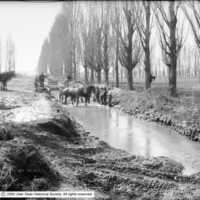
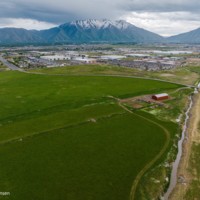
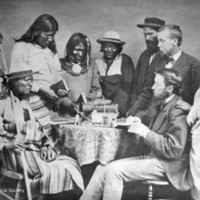
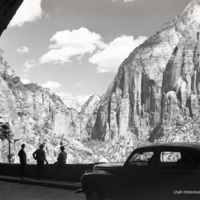
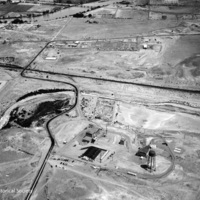
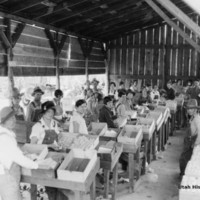
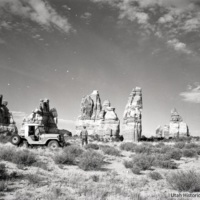
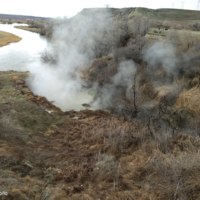
![Darren at Boa Ogoi by Levi Simm Oct 2020[11].jpg Darren at Boa Ogoi by Levi Simm Oct 2020[11].jpg](https://stories.utahhumanities.org/stories/files/square_thumbnails/d82d6ef51a196ab41282cfdb5d6f3ce8.jpg)
